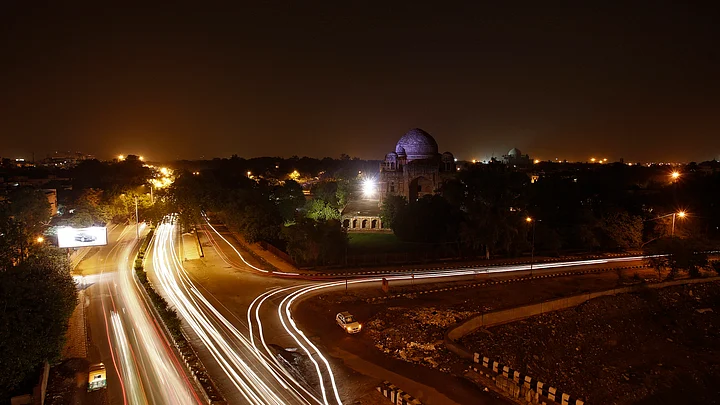As temperatures rise into the mid-40s, power outages are beginning to fray tempers, as they do every year despite impressive additions to generation capacity.
What should outrage everybody is, that this is despite the fact that total power demand over the past year has been flat. So what has gone wrong? The sooner the problem is identified and agreed upon, the sooner we can do the right things, finally.
The basic problem is that successive governments at the Centre and the states have refused to accept that the consumer end of the power sector is completely broken. And no amount of adding generation capacity would help the consumer get 24X7 power. In fact, such a strategy of adding generation has only succeeded in pushing the ‘can down the road,’ and making the problem bigger and more intractable.
The SEB History: Corruption and Bankruptcy
A bit of history would help explain how this has happened.
Post-Independence, state governments nationalised power utilities in generation, local transmission and distribution and created monolith state electricity boards (SEBs). There was substantial expansion in both generation and coverage – which was needed – but gradually poor governance and populism overrode all considerations of equity and assured supply of quality power.
Corruption eroded the professionalism of the SEBs, which started incurring heavy losses since large numbers of consumers stopped paying for electricity – at least to the SEBs. Defective meters, unmetered supply, poor maintenance, etc., played havoc with the system. Since domestic consumers were dissatisfied with the quality of power supplied, their tariffs were held to low levels, with industry made to cross-subsidise them.
Simultaneously, by the late 1960s, with the adoption of green revolution technologies, power demands of agriculture went up substantially.
Since the big farmers’ lobby became politically powerful, agricultural power tariffs became heavily subsidised, or even free in some cases. Industry alone became the cash-cow, with its tariffs going through the roof, encouraging individual industry consumers to collude with SEB staff to control costs. The end-result was bankrupt SEBs.
A Way Out: Public Sector Entities for Power
Recognising that India could not grow without electricity, and state governments were in no position to fund even routine maintenance – leave alone fresh investments – the Centre tried to provide a cure by setting up power generation capacity across the country.
NTPC and later other public sector entities were set up. Not having to contend with individual consumers – domestic, agriculture or industry – these companies emerged as efficient units.
But as their clients – the SEBs – were bankrupt, periodically the Centre had to hold back devolution of funds due to individual state governments and use the money to pay off NTPC, etc. SEBs further adopted a new coping strategy, which was not to buy their full power needs since they could not afford to pay for it. Instead, regular, planned outages became a fact of life.
What made the situation worse was that by the early 1970s, coal mining in India had been nationalised and a public sector behemoth, Coal India, became the monopoly producer and supplier.
Issues of quality and frequent price increases meant that SEBs were doubly hit – they could not charge and collect the money due to them even as their input costs increased.
Navigating the Country’s Economy
The power sector is the single largest consumer of coal in India, over 75% of all mined. During a recent three-year period (2009-12), coal prices effectively doubled, but most states did not increase tariffs accordingly.
Economic reforms meant that private investment in power generation was encouraged, since by now the Centre had run out of money to invest. Initial high profile projects like Dabhol ultimately ran into trouble as the basic issue of financial sustainability had not been resolved.
Ultimately, it is the individual consumer who has to pay for power, or if tariffs for a specific class is to be subsidised, the government must upfront pay for it, so that the sector can survive and grow.
Again, instead of reforming power distribution and lacking the courage to allow private coal mining, the dubious route of allotment of dedicated mines was tried. But instead of electricity, all we saw was a huge scam in discretionary allotments.
Fortunately, this has been overcome but new coal will not start flowing in for years. With competition, coal prices can be moderated. Ultimately, tariffs/prices must be cost-reflective in electricity, as in any other good. If not, shortages will be the order of the day.
(The writer, a former Principal Secretary to the Government of Delhi, is Director, South Asian Institute for Strategic Affairs.)
(At The Quint, we question everything. Play an active role in shaping our journalism by becoming a member today.)
